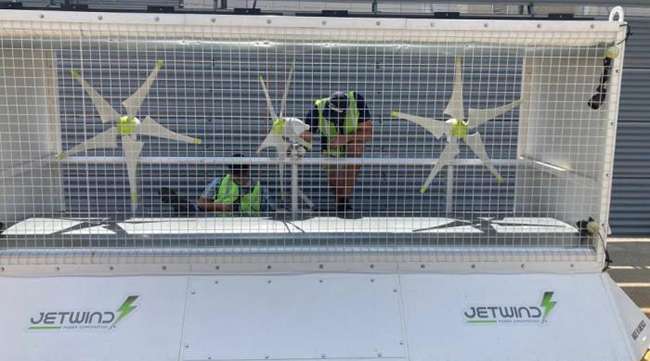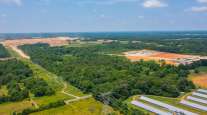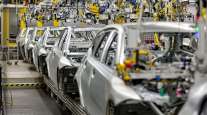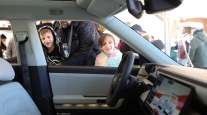The Dallas Morning News
Jet Engine Wind Powers EVs in Dallas Airport Test

[Stay on top of transportation news: Get TTNews in your inbox.]
The thrust of airplane jet engines is now powering Teslas and other electric vehicles at Dallas Love Field.
The North Texas airport is testing JetWind Power Corp. “energy pods,” which use the wind generated by jet engines to spin turbines and make electricity.
It’s the first full-fledged trial for the Dallas-based technology firm founded by local orthopedic surgeon T.O. Souryal. JetWind and Love plan to test the three-turbine pod during the remainder of 2023 to see if it holds up to the heat, cold and high winds at the airport.
If it produces enough power and weathers the elements, Souryal thinks it could help power every airport in the country, and maybe the world.

Souryal
“The idea came to me maybe 15 or 20 years ago when I was flying,” Souryal said. “We were about to take off and I look out the window and there was stuff flying everywhere.”
The jet blast from a commercial airplane can produce hurricane-force winds of up to 150 mph as far away as 200 feet away from engines, according to jet manufacturer Boeing.
St. Maarten’s Princess Juliana International Airport is famous for the beach at the end of the runway where planes fly just a few hundred feet over spectators and sometimes give a blast of air so powerful it can be deadly.
Putting a wind turbine at an airport seemed a no-brainer to Souryal, but the idea is easier than its execution.
For one, airline runways need to be relatively free of debris and obstacles to allow planes to navigate. The devices also need to be able to withstand weather and the extreme winds from jet engines.
👏 Our latest sustainability project involves teaming up with JetWind Power Corporation, based in Dallas, to test out a super innovative technology that captures wind energy from planes and turns it into clean, sustainable power! ✈️
Learn more here: ➡️ https://t.co/EFLbSI82MZ pic.twitter.com/ZU6yjtP8aW — Dallas Love Field (@DallasLoveField) July 27, 2023
At Love Field, the JetWind energy pod is positioned just in front of the wind deflectors near the airport’s air traffic control tower. Batteries are stored in a trailer behind the wind deflector.
For now, the batteries are used to charge electric vehicles at the Federal Aviation Administration air traffic control tower next to the airport terminal. That gives the turbines, housed in a 6-foot-tall box, access to the jet blast from planes pulling out of gates 5, 7 and 9.
It’s unclear exactly how much energy the turbine generators will be able to produce, Souryal said. Where it’s positioned, the energy pod only gets a few dozen jet blasts a day. To produce a significant amount of energy, many more will need to be placed all over the airport.
There is some advantage to locating at an airport. Wind at airports is more predictable than turbines in rural areas. And electricity is needed on site.

How effective have third-party services proved to be for fleets? Let's find out with Michael Precia of Fleetworthy Solutions and Dan Rutherford with Summit Virtual CFO by Anders. Tune in above or by going to RoadSigns.ttnews.com.
“We would want to be the first airport to implement a technology like this,” said Isaac Ellison, Love Field’s interim environmental manager.
The boxes have previously been in places at airports such as DFW International and San Antonio International, but only for testing and not to generate power for use, Souryal said.
Love Field is the first full-fledged test.
“The ultimate goal is to be at every airport that is accessible to this concept,” he said. “It would be nice to capture this wind and use electricity to light up the runway.’”
Want more news? Listen to today's daily briefing below or go here for more info:
Distributed by Tribune Content Agency, LLC




